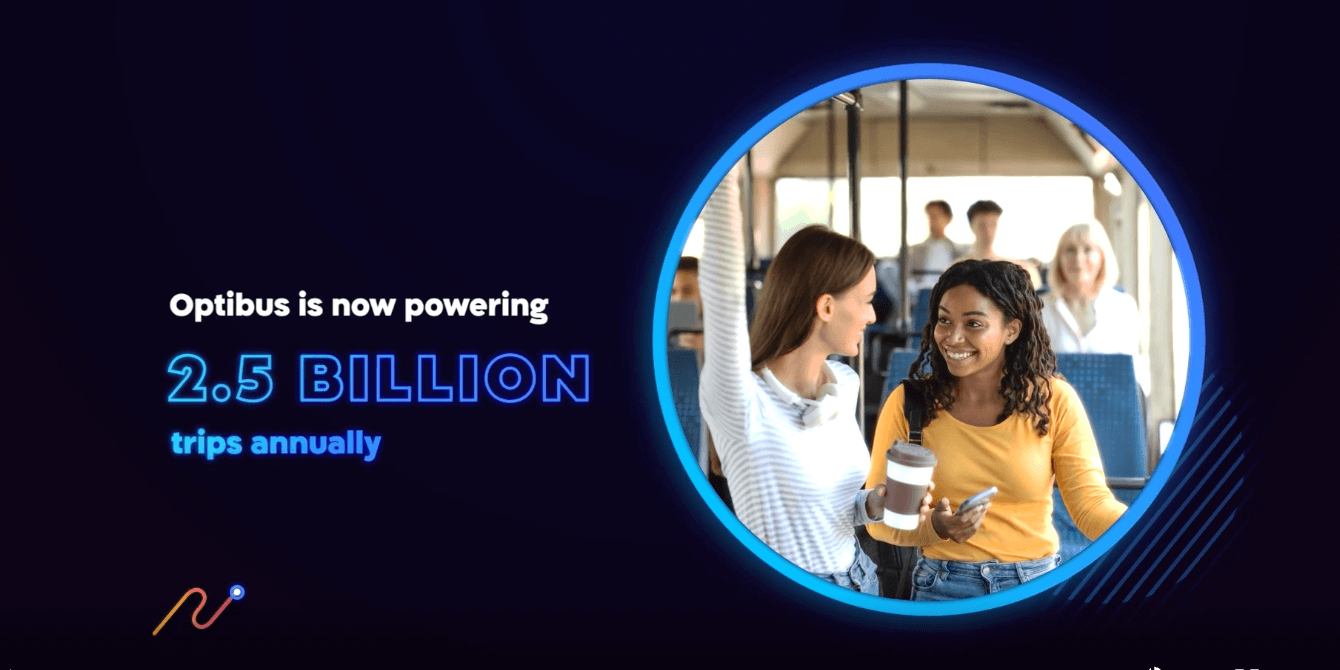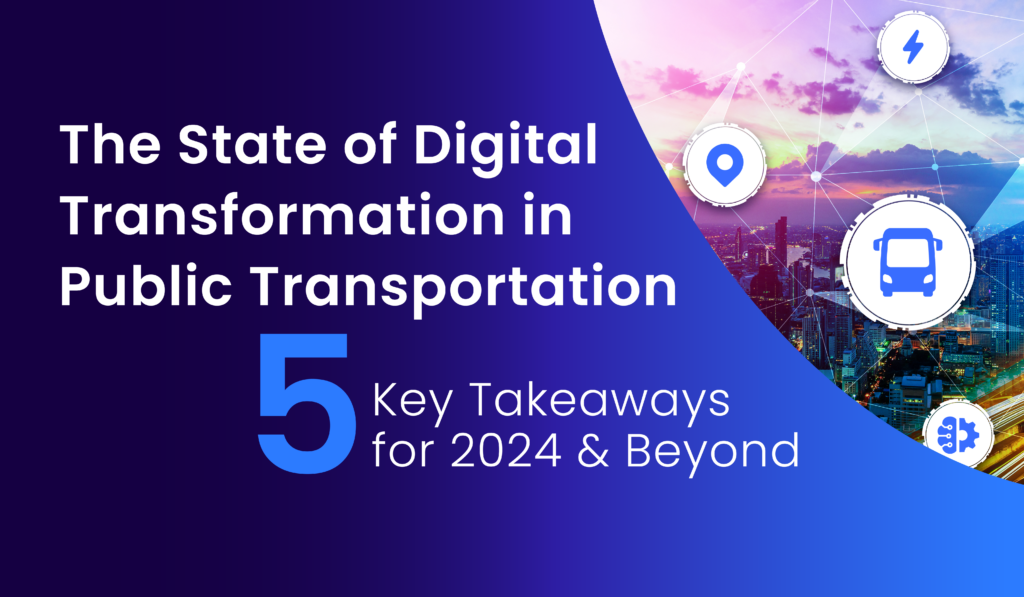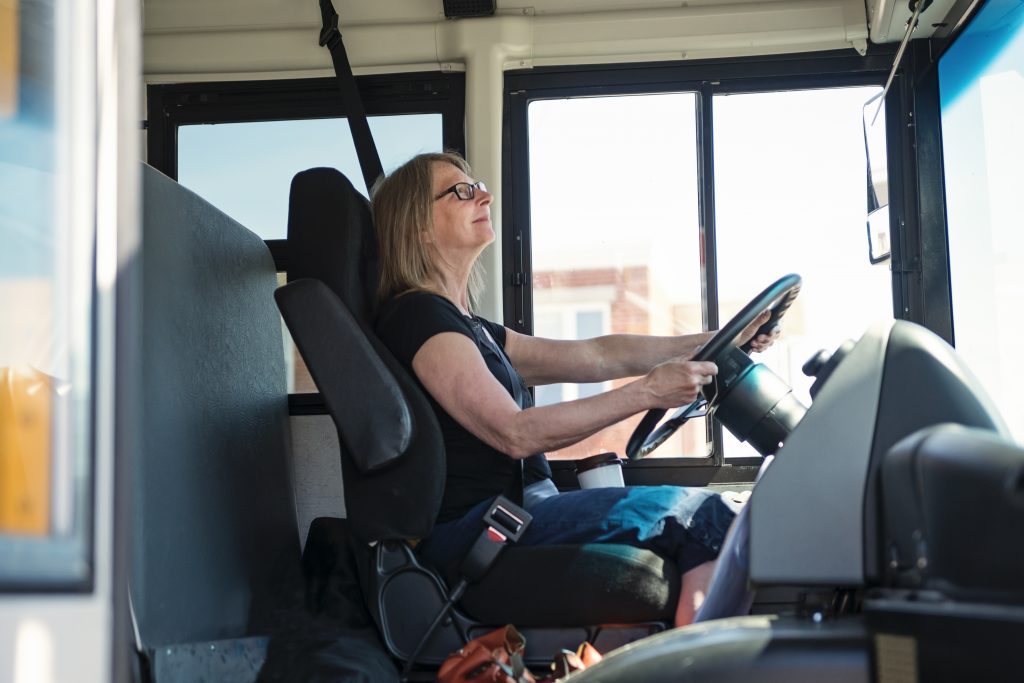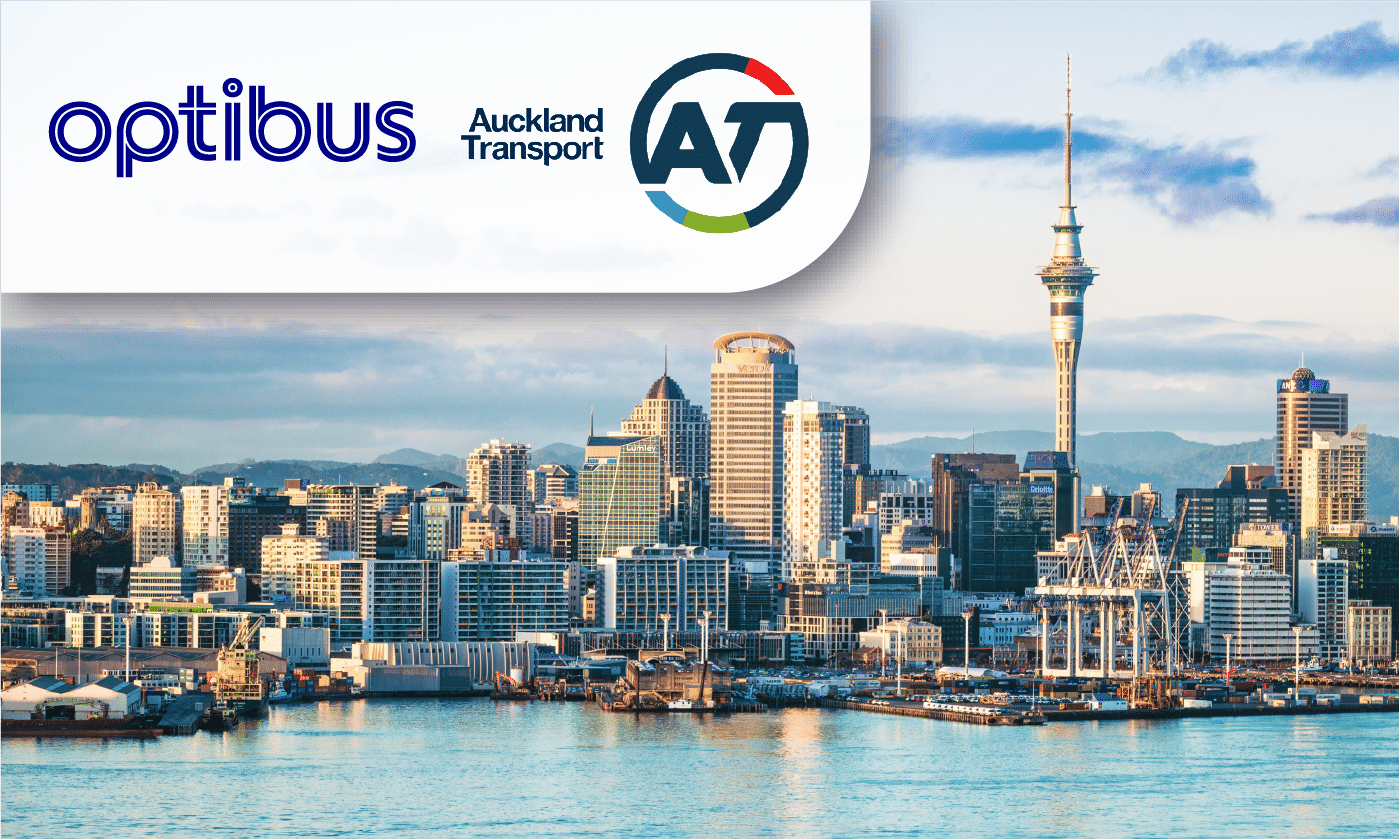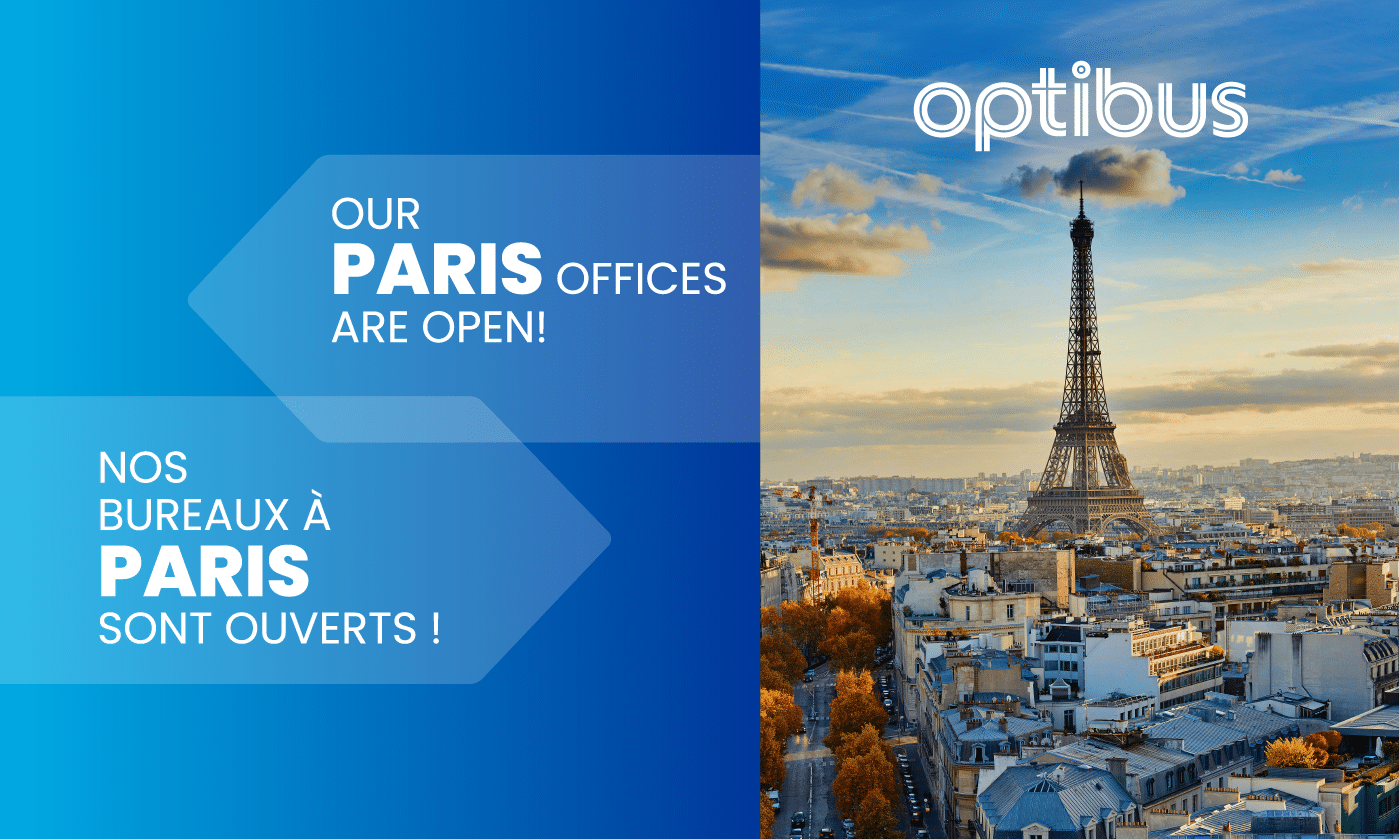The recording of the webinar is now available for you to watch at your convenience.
Watch the recording here.
In the public transport industry, significant challenges and changes are being experienced after going through the impact of COVID-19 and evolving customer expectations. The road to adopting new technologies is not an easy one, especially due to the presence of legacy systems. The industry is also witnessing shifts in people's lifestyles and expectations, focusing on mobile-first approaches and convenience.
In our recent webinar, our panel of Australian industry leaders; Catherine Rooney from the Victorian Department of Transport and Planning, Sarah Forbes from Volvo Buses, Rita Excell from Amazon Web Services (AWS), and Russ Yell from Optibus shared their insights on how to address these and other public transport challenges, based on their experience with digital transformation in the public sector, OEM and IT.
In this blog post, we have summarised our main takeaways:
Harnessing the Power of Data to Enhance Customer Experience
When looking at examples from other industries, such as Uber and Amazon, data-driven analytics enable seamless customer experiences. These companies can anticipate customer needs and preferences, making the ordering and tracking processes smooth and efficient. However, public transport differs, as it operates as a public service with significant public subsidy rather than focusing solely on commercial outcomes.
The panelists discussed how close the industry is to achieving a similar Uber-like experience, how to improve data-informed operations and become customer-centric.
Rita Excell emphasised the opportunity for government and public transport providers to utilise data in order to get consumer insights, especially with the agility and potential of cloud technology.
“We're entering a new era where what we've done in the past isn't really what we're going to do in the future. The only key thing is that the customer is central to that, and we can start engaging with our customers in real-time, rather than having focus groups. There's a new way of actually getting customer insights, and I think that's central to any public service.”
Sarah Forbes discussed Volvo's legacy as a safety-focused hardware business. She highlighted the challenges of transitioning from an in-house, safety-oriented approach to a more agile and flexible model, relying on partnerships and open communication with data.
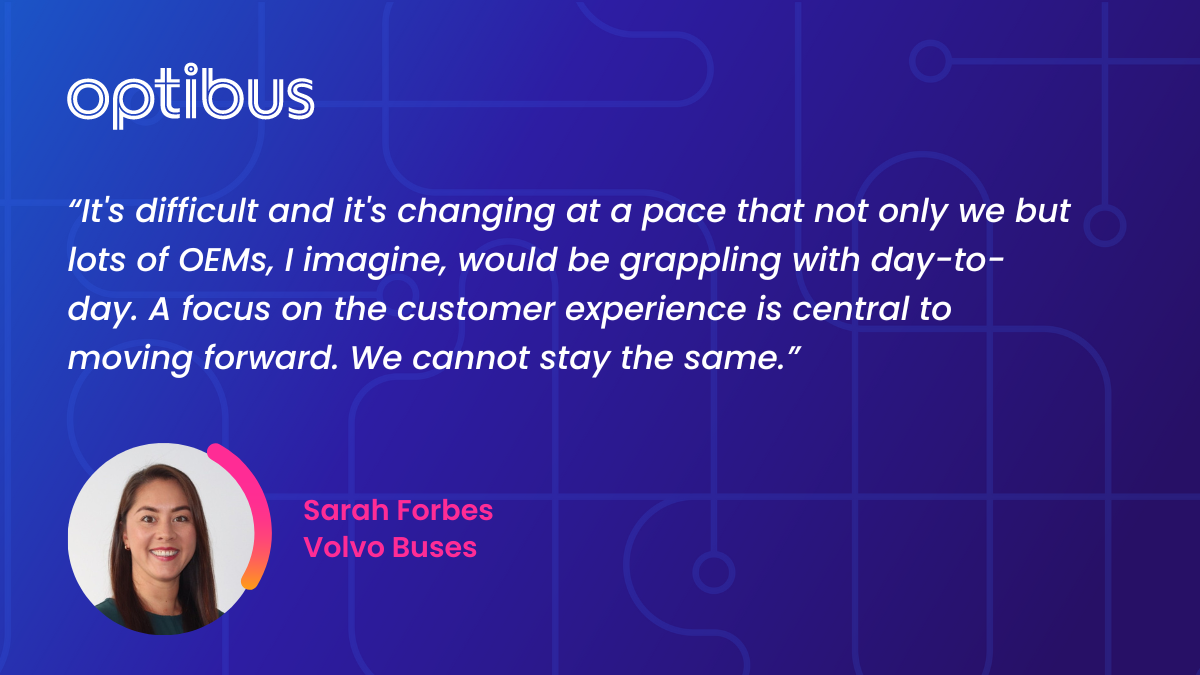
Similarly, Catherine Rooney emphasised that the focus now is on establishing an integrated transport data program to bring all data together. Despite existing legacy challenges like manual passenger counting with clickers, there is potential in leveraging technology to provide a more Uber-like experience for customers.
“With technological advancements, like sensors and CCTV on new trains, the ability to understand service demand and passenger movements is improving. This data-driven approach will enable governments to have a clearer view of transportation needs, target investments, and provide more effective services to customers.”
Shifting Toward Software-Driven Transport Solutions
The discussion continued with the complexities of the public transport ecosystem, highlighting that technology implementation, particularly in vehicles like buses, has often been an afterthought. The challenge is to establish a better approach where technology is integrated from the beginning, aligning with vehicle capabilities.
As Sarah mentioned, the challenge is to make public transport more engaging and she discussed the need to align transport networks with user needs. The key is to understand the end goal and specify vehicle features accordingly, promoting open communication for collaboration with the private sector.
“There is the need for an end-to-end conversation, understanding ultimate goals and vehicle specifications to attract private sector investment in partnerships and technology for improving the transport experience.”
Catherine continued by discussing challenges in incorporating technology into government departments' rolling stock procurement. Budget constraints and short-term focus sometimes overshadow the long-term benefits of investing in advanced solutions.
“We have had a lot of success, I think, internally in the last two or three years, in terms of being able to establish proper governance around some of this, getting some standards signed off, and gaining traction internally by having a voice at the table when procurements are designed. So I feel like we are on the way out of it and that we are making improvements.”
Rita noted that for the transport ecosystem, the current environment offers a lot of opportunities. Commercial data investments enhance public transport, despite rigid assets. Secure data sharing encourages innovation, bridging public-private spheres.
“Over the next five years, we'll witness a significant shift in data sharing maturity. I anticipate a reduced emphasis on hardware and a transition to software-based infrastructure. Catherine hinted at this idea, suggesting that a digital solution might prove more cost-effective than constructing physical infrastructure.”
Optimising Procurement and Innovation Clauses for Long-Term Transport Investments
The panelists acknowledge the uncertainty surrounding the transition to zero-emission vehicles, and the challenge of making the right investments without over-committing. With buses having a long lifespan of 15-20 years, decisions made today will have a lasting impact well into the future. One of the key questions is how to navigate this level of uncertainty effectively.
Catherine shared that the government has significant targets for zero-emission buses, but emissions reduction in the transport sector is complex due to limited control over key levers such as carbon pricing and emission standards. Despite the uncertainty, the decision has been made to push for zero-emission buses as a viable option.
“The focus is on future-proofing the investment to avoid locking the government into technologies that may become outdated. We need to navigate this transition carefully and plan for potential changes in the next five to ten years. “
Rita highlighted how AWS manages and analyses large data volumes, reducing concerns and risks associated with data handling. She emphasised the importance of procurement and innovation clauses in future-proofing investments by incentivising providers to offer cutting-edge technological advancements for adaptable long-term contracts.
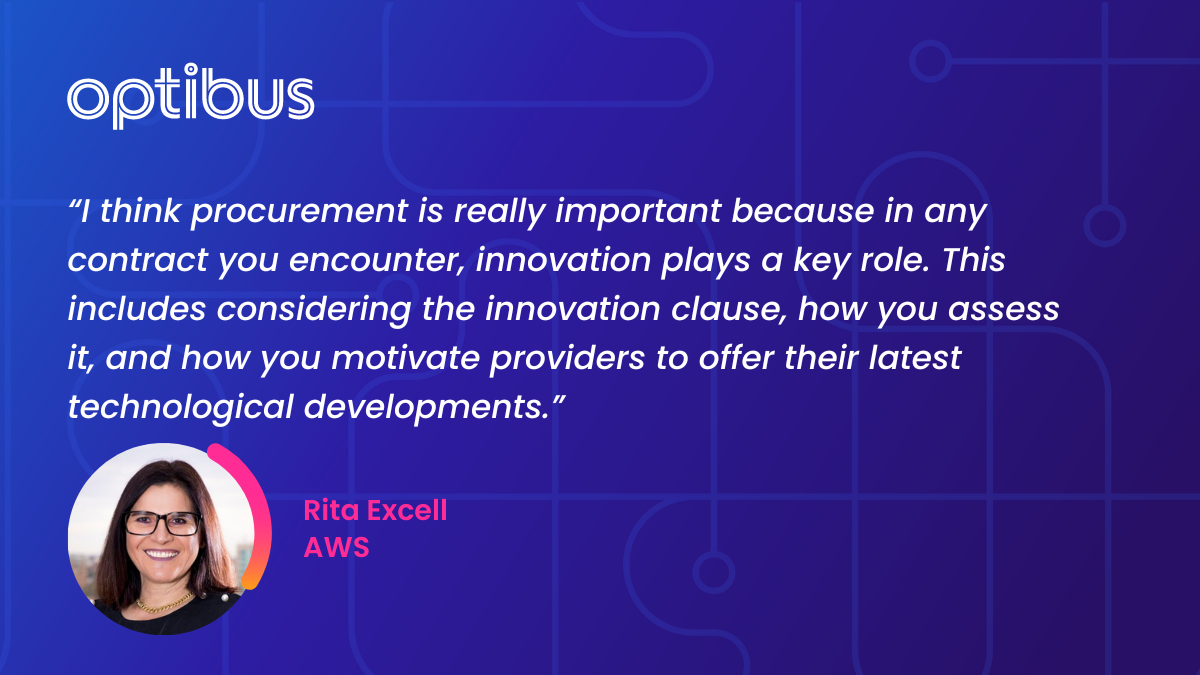
Sarah spoke about the challenges of lifecycle costs and future-proofing in the transport industry, suggesting a reduction in vehicle lifespan for agility and innovation. Emphasising desired outcomes over prescriptive requirements in tenders, she advocates for flexible solutions through partnerships and collaborations.
“In terms of innovation versus initial investment, if you could decrease the vehicle's required lifespan from 20 to 15 years, for instance, you gain the advantage of future innovation. This avoids mandating any OEM to sustain a specific component or software for a 25-year span, which is also our obligation.
Strengthening Collaboration Between Agencies & Operators
There is a growing need for improved collaboration between public transport operators and agencies to drive better outcomes. Data sharing, standards, and protocols are identified as key areas where the industry faces challenges. The panelists highlighted the importance of finding effective ways to collaborate.
Rita emphasised the importance of data sharing between public and private sectors while safeguarding intellectual property.
“The clean rooms service and solution is something that we launched last year and I think that's a huge opportunity for the public and private sector to share data, together, safely. But I think we do need to become more mature in how we share data on our customers.”
Sarah also highlighted the complex dynamics of the public transport industry, involving private sector interactions, collaborations with government stakeholders, and probity constraints.
“We need more frequent and open discussions with government agencies, allowing for a transparent dialogue about their plans, interests, and desired outcomes. This could lead to better insights and understanding for industry players and foster innovation through shared information while respecting confidentiality through solutions like the clean room approach.”
Catherine Rooney also spoke about the challenge of breaking down reluctance and closed-mindedness to foster collaboration and innovation. The COVID-19 pandemic accelerated the shift towards a more collaborative and team-oriented approach, resulting in productive outcomes. She highlighted the need for government agencies to open up, particularly regarding data, to enable external parties to contribute innovative solutions.
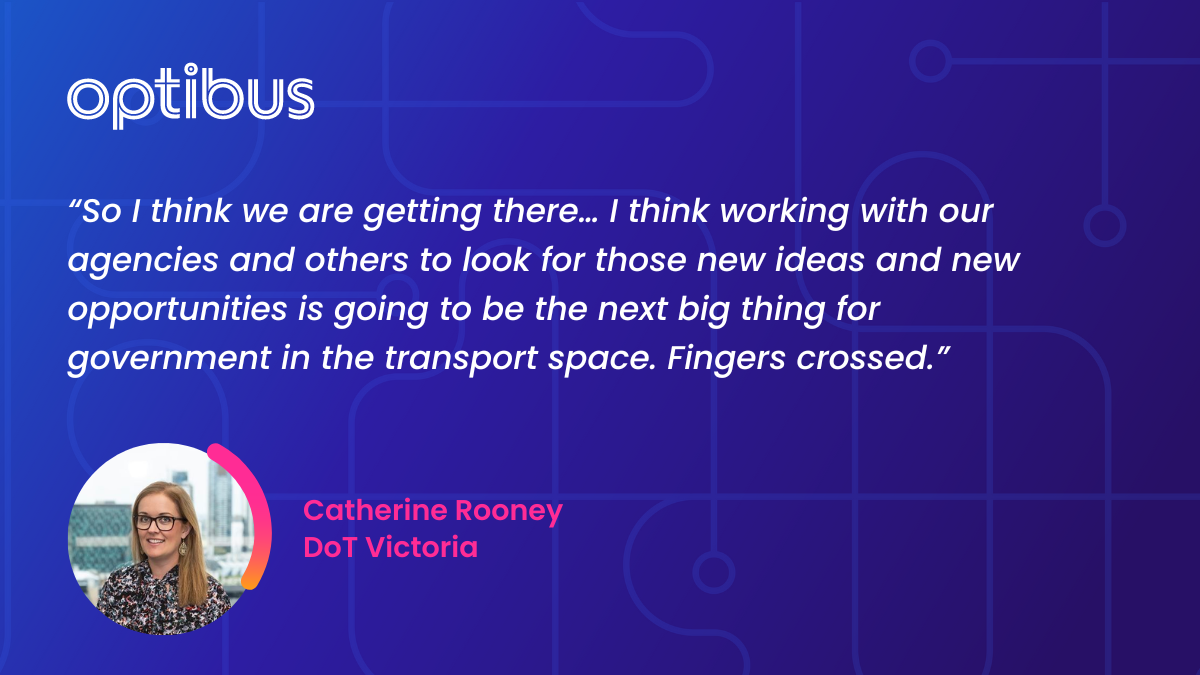
Conclusion
As Russ Yell summarised, "Lots is happening in the technology space, but ultimately it comes down to people." The industry needs to invest in technology and systems that not only provide better service for customers but also make it easier for employees to do their jobs.
“Public Transport is really about servicing the customer. Whether you are an OEM or a private company, or you are a government, you really need to find a way to be able to bring those data sources together. I think in the next five years, we are going to see a big shift in how the maturity of sharing data happens. And I don't think we're going to rely on hardware as much as we have in the past. We're going to see a continued shift to software as the infrastructure of the future. “ - Rita Excell
Interested in watching the whole webinar? Check it out here.

